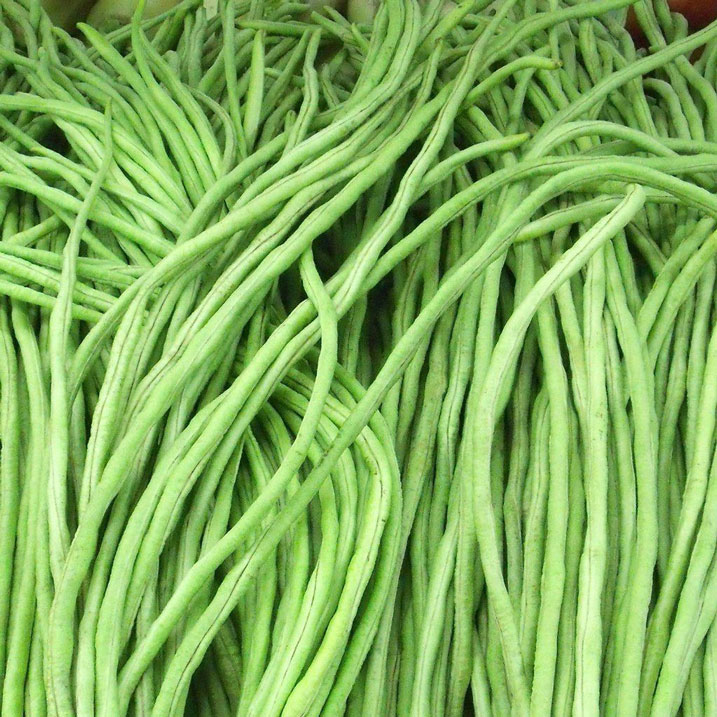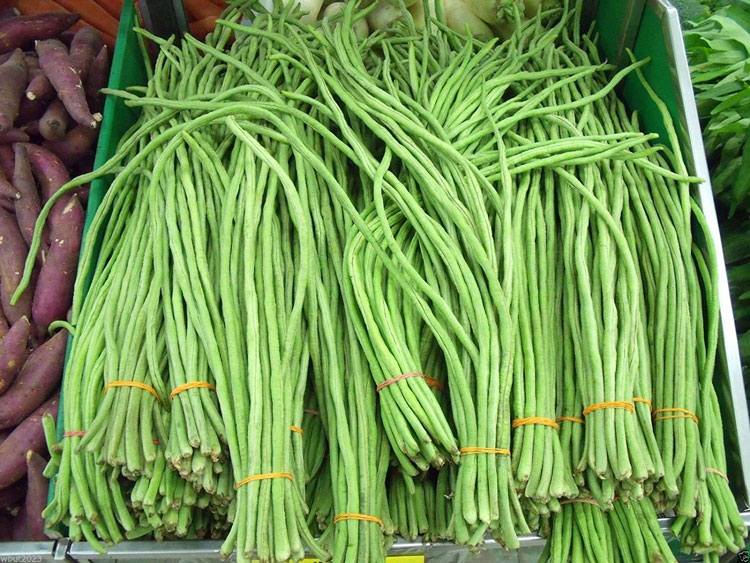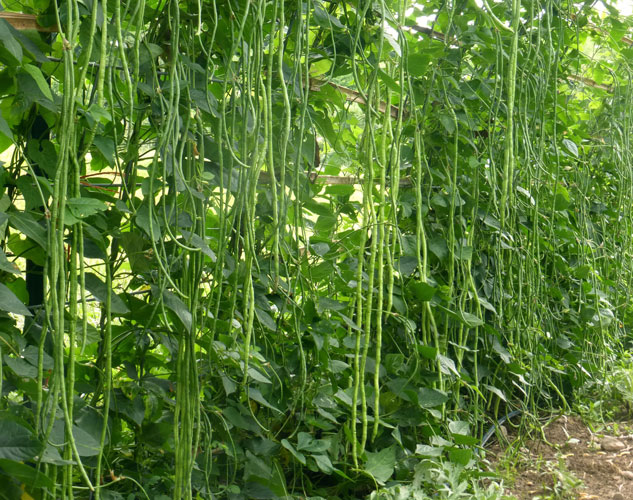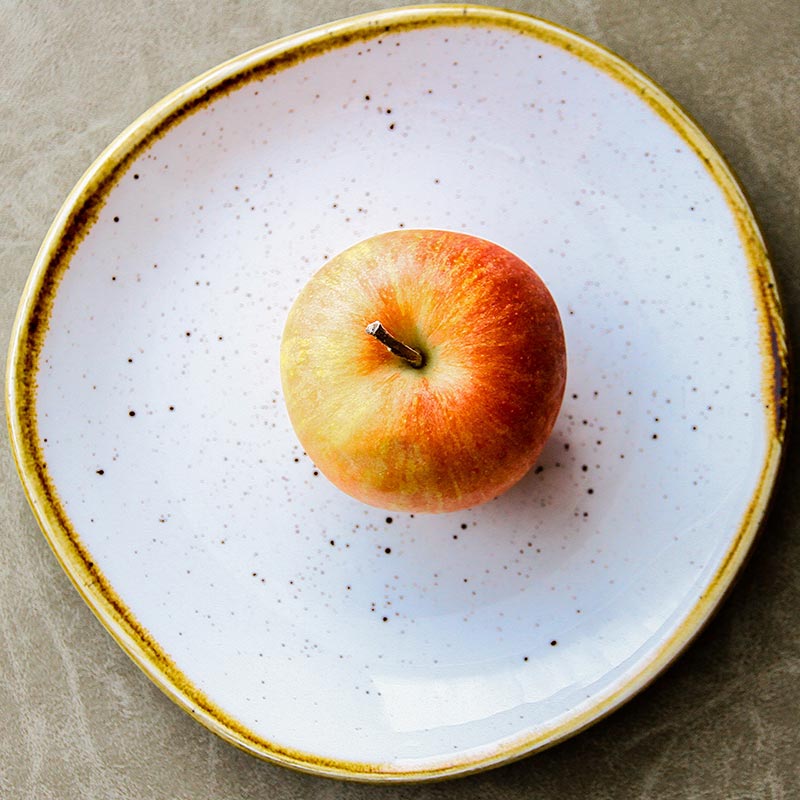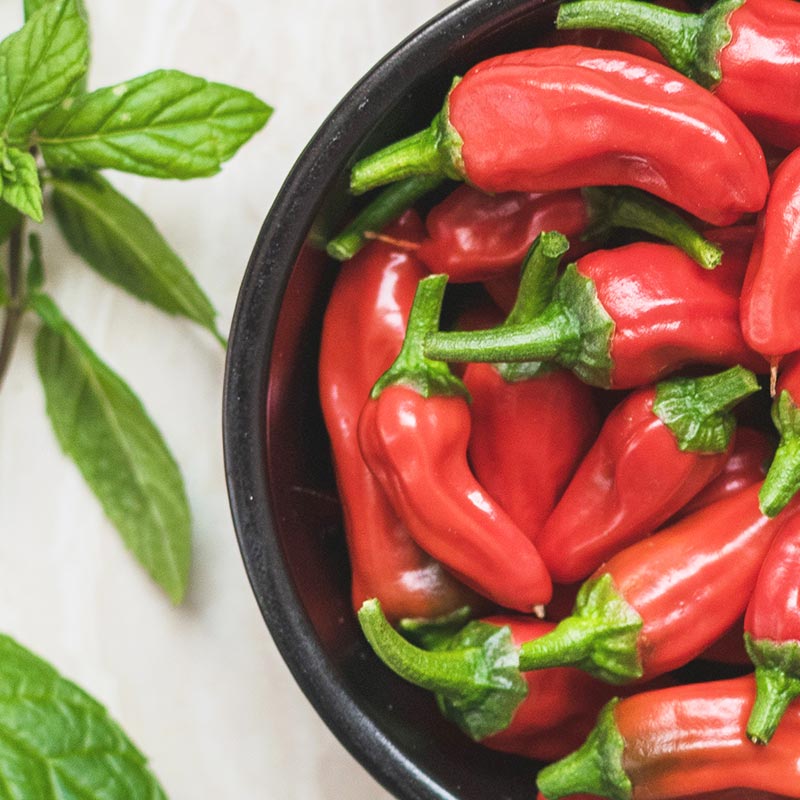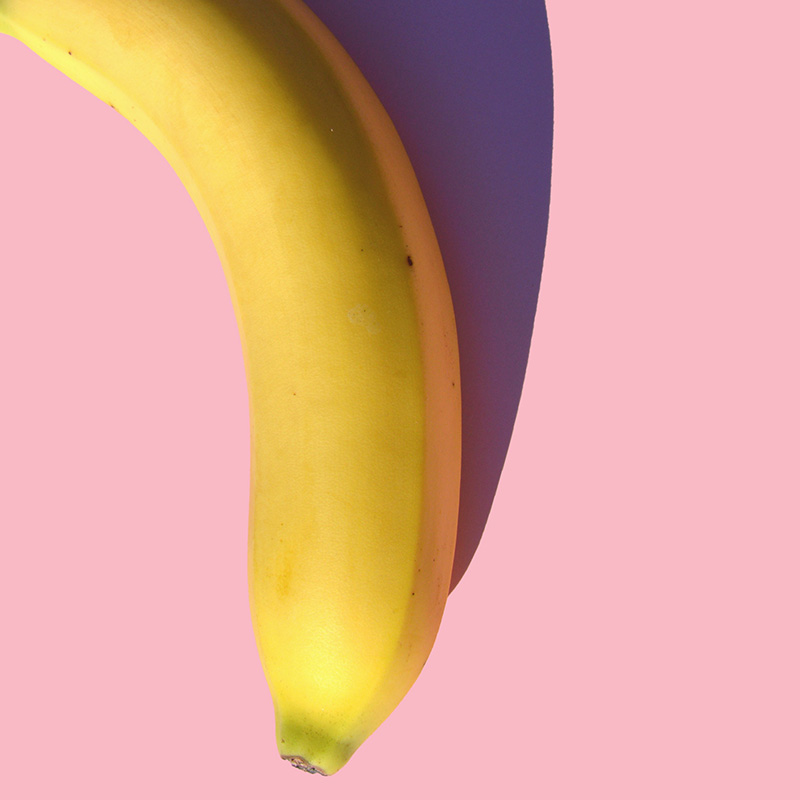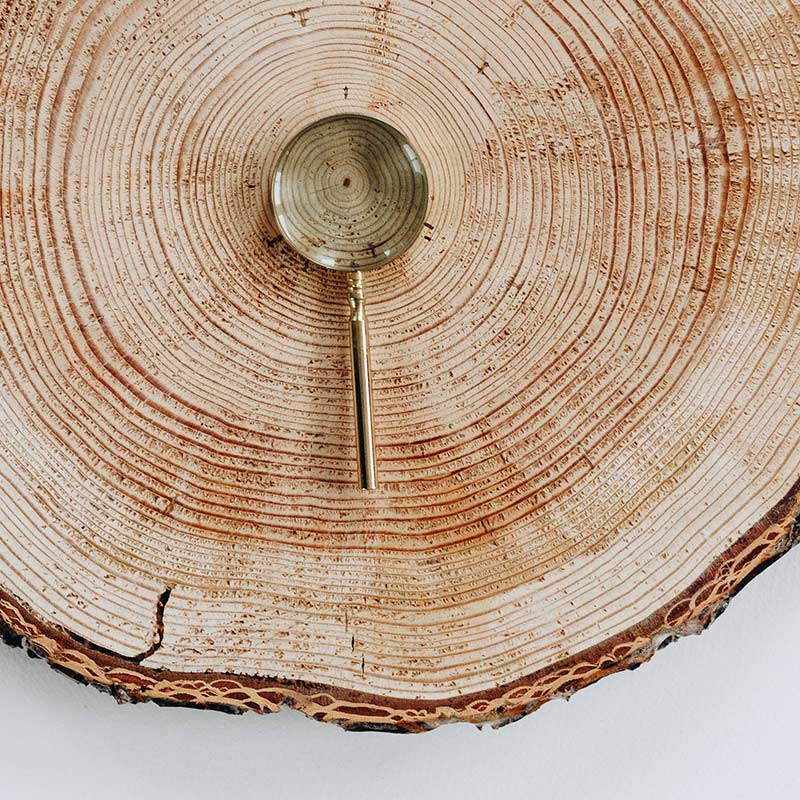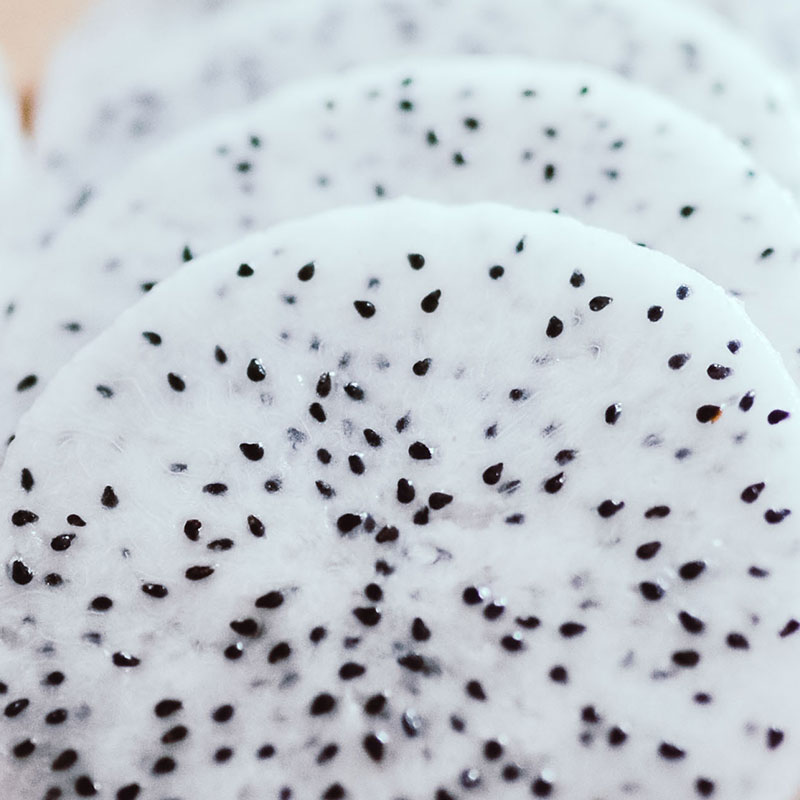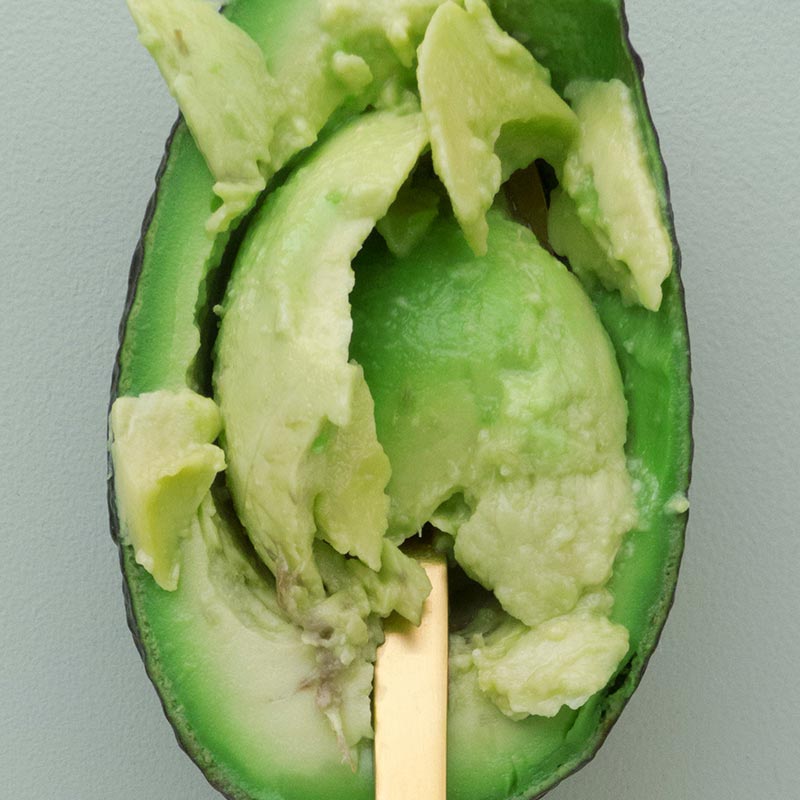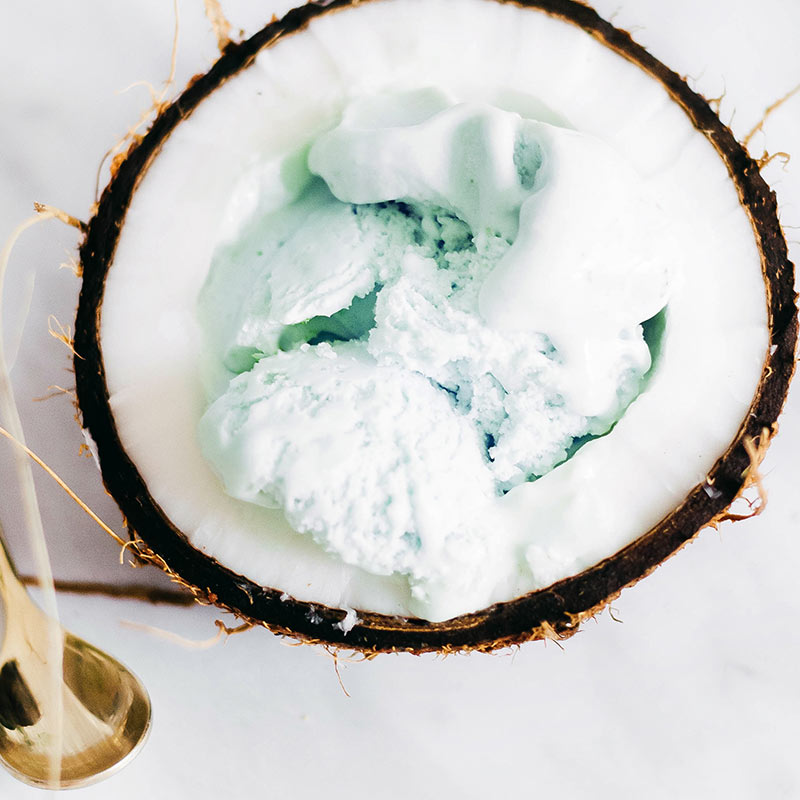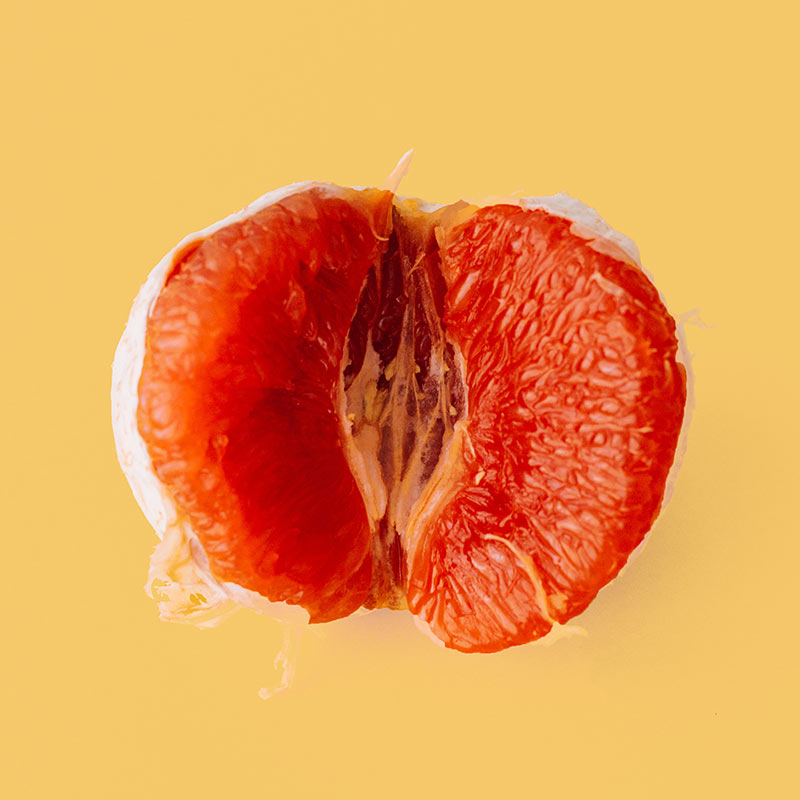The pods, which can begin to form just 60 days (2.0 months) after sowing, hang in groups of two or more. They are used as vegetable when they are picked before they reach full maturity; however, overlooked mature pods can be used like dry bean. When harvesting, it is important not to pick the buds which are above the beans, since the plant will set many more beans in the future on the same stem. The plants take longer to reach maturity than bush beans, but once they start producing, the pods are quick-growing and daily checking and harvesting is often a necessity. The plants can produce beans until the first frost. The plant attracts many pollinators, specifically various types of yellowjackets and ants.green pods containing immature seeds, like the green bean. It is also known as the yardlong bean, long-podded cowpea, Chinese long bean, bodi/bora, snake bean, or pea bean. Despite the common name of “yardlong”, the pods are actually only about half a yard long, so the subspecies name sesquipedalis (one-and-a-half-foot-long; 1.5 feet (0.50 yd)) is a more accurate approximation.
A variety of the cowpea, the asparagus bean is grown primarily for its strikingly long (35 to 75 centimetres (1.15 to 2.46 ft)) immature green pods and has uses very similar to those of the green bean. This plant is in a different genus from the common bean. The many varieties are usually distinguished by the different colors of the mature seeds. It is a vigorous climbing annual vine. The plant is subtropical/tropical and most widely grown in the warmer parts of South Asia, Southeast Asia, and southern China.


